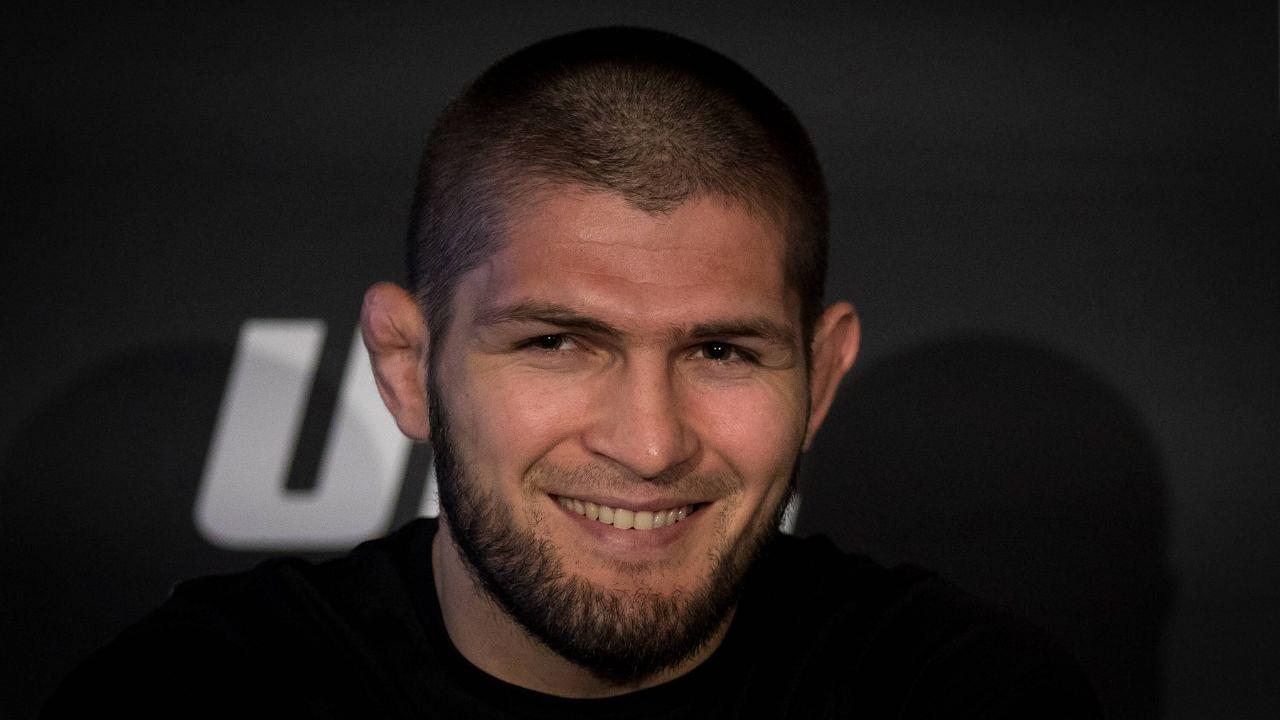How empowering is it that a swipe of red lipstick can instantly make one feel ready to take on the day? Or that a spritz of perfume can make one feel more comfortable in their own skin? Even a touch of green glitter on the eyelids might lift the spirits. We are, of course, talking about makeup, skincare, body care, and haircare. On one hand, beauty rituals might be seen as symbols of conformity—encouraging people to look a certain way to fit in.
Yet, paradoxically, they also serve as a gateway for each one of us to express and embrace our unique identities. Therefore, we welcome the world of adaptive beauty. You may not often give much thought to the everyday tools of your beauty routine—palettes, lipsticks, bottles, and brushes.

But how might someone with unsteady hands or visual impairments navigate them? For instance, did you know that Rare Beauty’s rounded bottle tops gained popularity among those with mobility challenges? Their design makes them easier to grip. Have you ever given thought to how the makeup brushes you adore can easily roll off a surface—something difficult to manage if you can’t see? What are adaptive tools? Adaptive beauty is where thought is attached to product —on who is using it, and how to make it a better experience for them. Trishna Daswaney has been conducting makeup workshops for three communities for years—the transgender community, the cancer care community and the motor disability community.
“Someone in the workshop told me that people with disabilities were encouraged not to wear makeup or look good. I suppose it’s how people think—that looking good or feeling good about ourselves could put in question the severity of your disability.” The stray comment is what led Daswaney to create a line of makeup tools, under her brand Kohl Kreatives.
The products are specifically for everyone, including those with motor disabilities and the visually impaired. The products are at par with luxury tools, with handles shaped and moulded differently—to enable those with shaky hands to find a better grip, or with cuboid handles to make sure brushes don’t roll off, with braille labels. The unexpected designs don’t detract from the quality, or dissuade anyone from using them.
There are audio workshops that guide on how to use them, along with eyeshadow stencils and stickers. Beauty giants joining the adaptive beauty movement The adaptive beauty movement has been gaining momentum with larger conglomerates too. L’Oréal, for instance, introduced HAPTA in 2023—a handheld, ultra-precise smart makeup applicator designed for those with limited hand and arm mobility.
With HAPTA, you can apply lipstick steadily at home. The device features advanced sensors and motion-stabilising technology that constantly adjusts to the user's movements, ensuring it stays level. "After hearing from people with limited hand and arm mobility, we knew we had to start with a lipstick attachment," says Guive Balooch, global managing director of augmented beauty and open innovation at L’Oréal.
"Applying and wearing lipstick is a beauty ritual that boosts confidence, this is just the beginning,” says Balooch. Welcoming innovation Journalist and content creator Lucy Edwards recently made headlines as the first blind model to debut at Copenhagen Fashion Week in 2024, walking for Sinéad O’Dwyer’s debut show with her guide dog Miss Molly. Celebrity-led brand Guide Beauty, spearheaded by Terri Bryant and Selma Blair has a range of incredibly easy-to-use eyeliner application tools and more, designed to be displayed on your dresser.
AI isn’t far behind—Estée Lauder’s UK app has a voice-enabled virtual assistant to guide the visually impaired, directing when the user has strayed beyond lip lines or if the foundation has gone a bit off track. Beauty for everyone Most of these adaptive tools have been birthed from lived experiences. Trisha Daswaney’s mother was diagnosed with lupus .
Terri Bryant was diagnosed with Parkinson’s and Selma Blair with multiple sclerosis. All three were already involved with the makeup industry in some capacity before launching their individual brands. They all intuitively understood the demands of makeup, what it can finally deliver and how game-changing that can be for marginalised communities.
When it comes to self-care, glass skin is not the objective, it’s the 3 minutes you gave yourself gently doing that 2-step routine to get there. As industry giants and emerging homegrown brands strive to make this journey more inclusive, it becomes clear that an eyeshadow palette or a moonbeam highlighter are more than just products. They’re Alladin’s lamp, and in the right hands, they’re genie-ous.
Also Read: To what end can you use expired makeup? Experts say this Matte makeup is coming back in a big way in 2024 Have oily skin? This is how you should be applying your makeup, according to the experts.



















